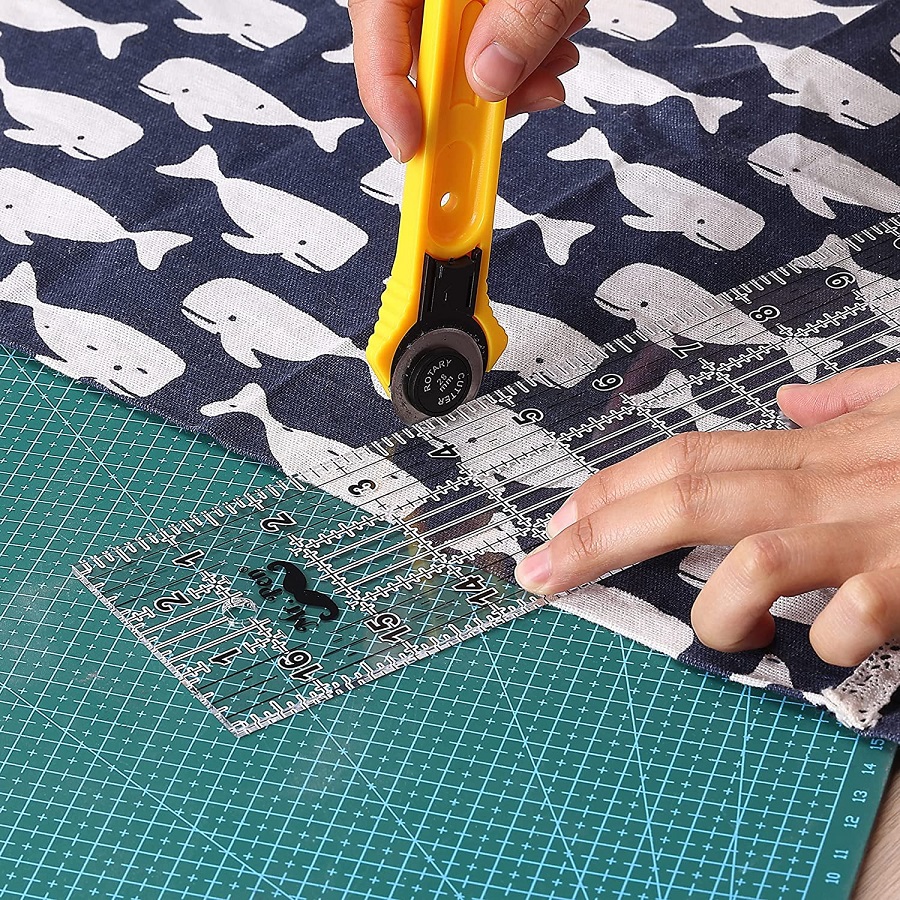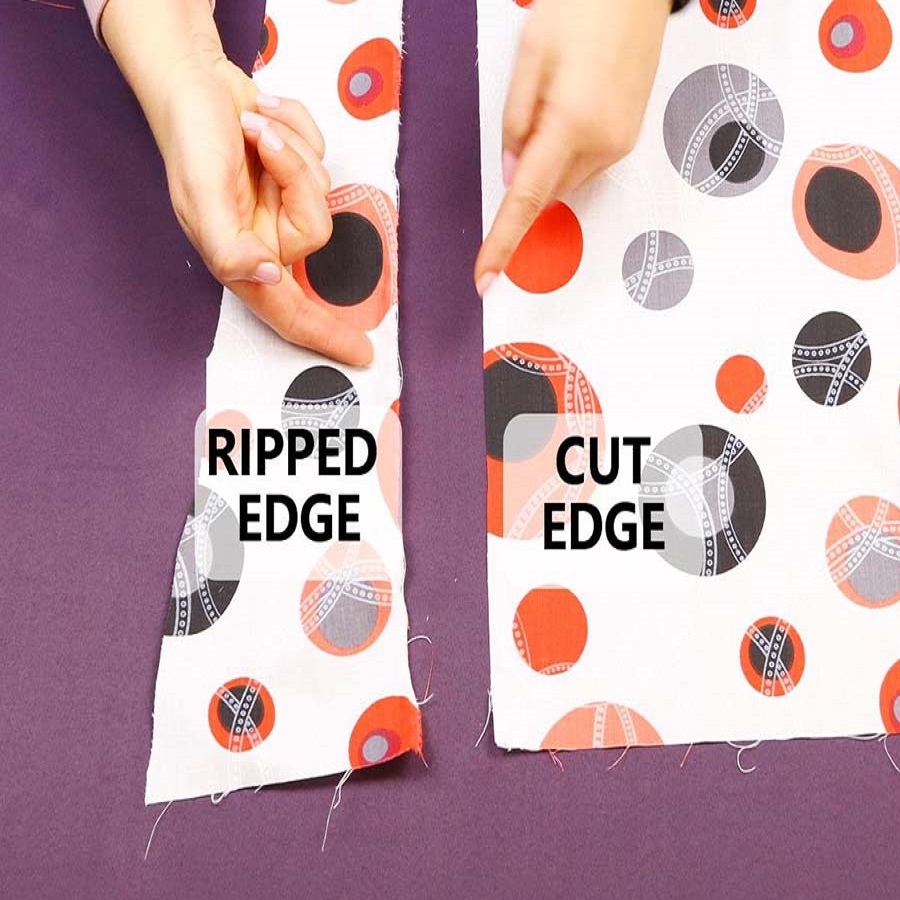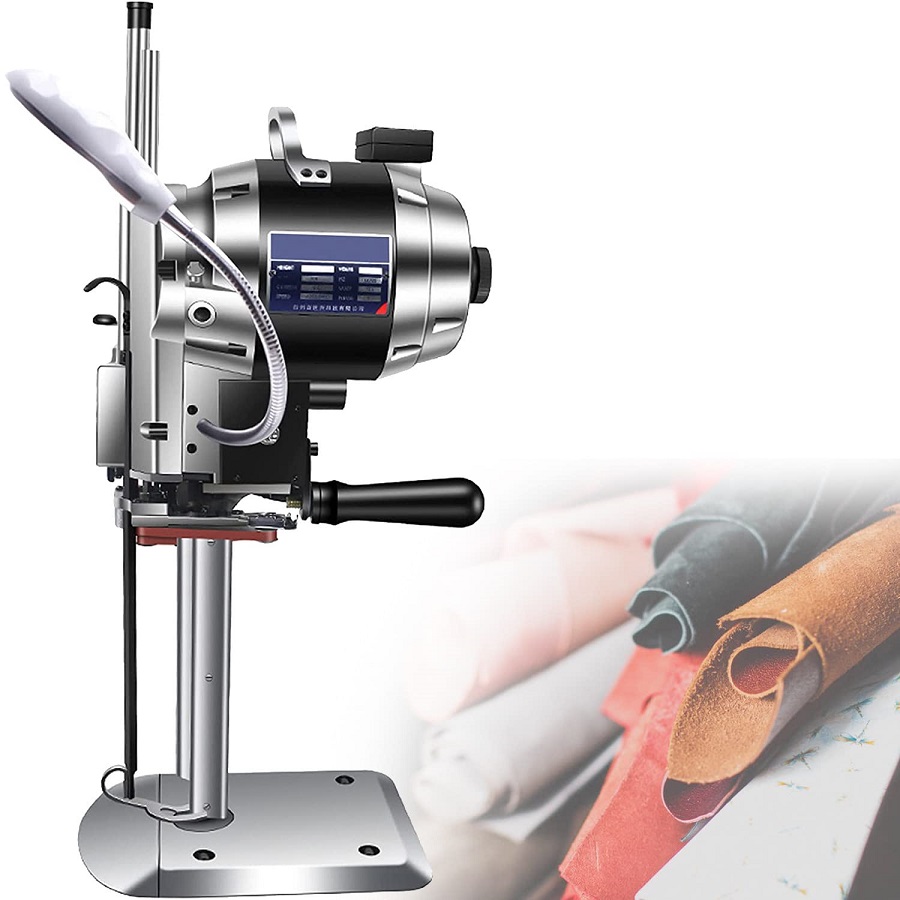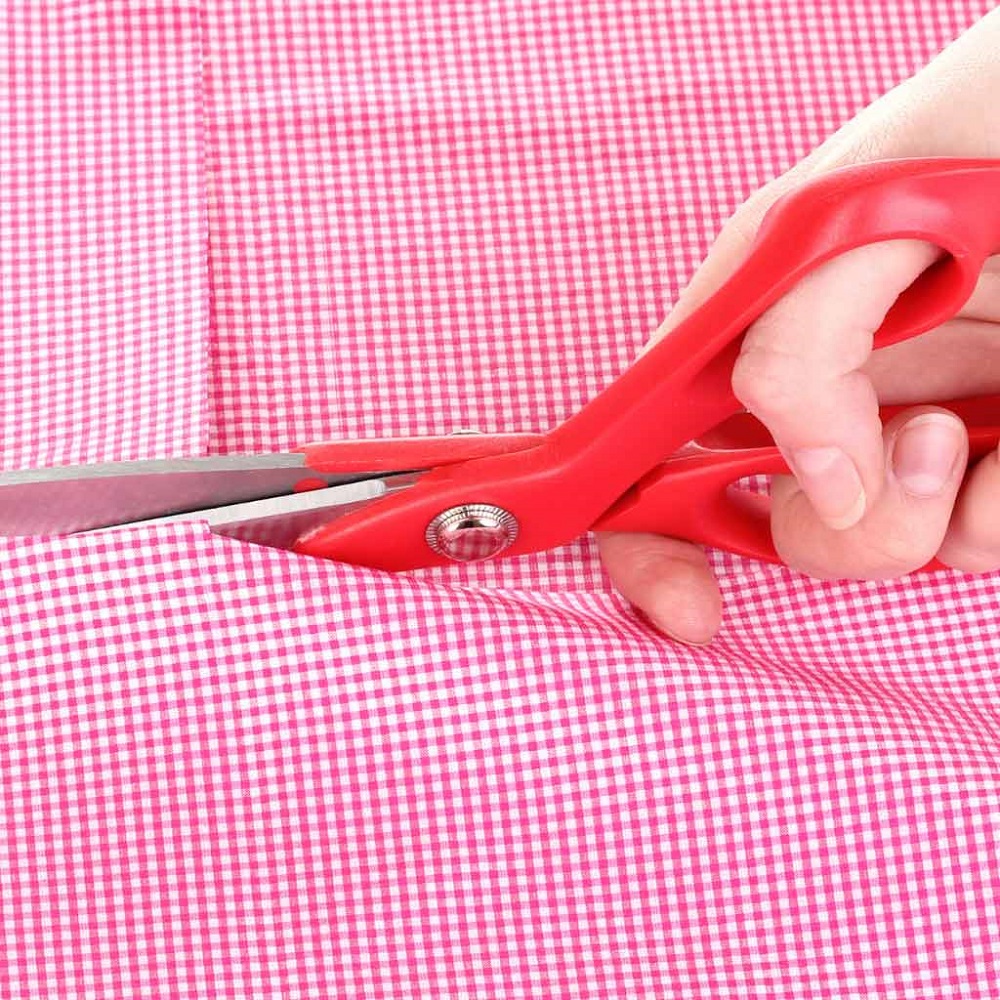Cutting fabric is one of the fundamental skills every sewing enthusiast should master. Whether you’re a beginner or an experienced sewist, achieving perfectly straight cuts is essential for successful sewing projects. This article provides practical tips and techniques to help you hone your fabric cutting skills and ensure that your pieces are accurately cut every time.
Understanding the Importance of Straight Cuts
The Impact on Your Projects
Straight cuts are crucial in sewing because they directly affect the fit and appearance of your final project. Irregular or crooked cuts can lead to misaligned seams, resulting in garments that don’t fit well or have an unprofessional finish. Whether you are working on garments, quilts, or home décor items, the precision of your fabric cutting plays a significant role in the quality of your finished work. By mastering straight cuts, you will create pieces that look polished and fit as intended.
Enhancing Fabric Utilization
In addition to improving the aesthetics of your projects, making straight cuts helps maximize fabric utilization. When you cut accurately, you minimize waste and ensure that you use your materials effectively. This is particularly important when working with expensive fabrics or when you need to adhere to specific patterns. Learning to cut straight can help you stretch your budget further and enable you to complete multiple projects from a single piece of fabric.

Selecting the Right Tools for Cutting
Choosing the Best Cutting Tools
The tools you use for cutting fabric can make a significant difference in achieving straight cuts. Invest in high-quality rotary cutters, fabric scissors, or specialty cutting tools designed for sewing. Rotary cutters are particularly useful for cutting multiple layers of fabric or for intricate designs, while fabric scissors provide a clean cut for single layers. Ensure your tools are sharp and well-maintained, as dull blades can cause frayed edges and uneven cuts.
The Role of Cutting Mats
Using a cutting mat is another essential component of the fabric cutting process. Cutting mats protect your work surface and provide a stable base for your fabric. Look for a self-healing cutting mat, which can withstand the wear and tear of repeated cutting. Additionally, mats often have grid lines that can help you align your fabric and make accurate cuts. Familiarize yourself with the measurements on the mat, as these can assist in achieving perfectly straight lines.
Preparing Your Fabric for Cutting
Washing and Pressing Your Fabric
Before cutting, it’s essential to prepare your fabric properly. Washing and pressing your fabric can help remove any shrinkage or distortions that may have occurred during manufacturing. Always follow the manufacturer’s instructions regarding washing, as some fabrics may require special care. After washing, use an iron to press out wrinkles, as a smooth surface allows for more accurate cuts.
Stabilizing Fabric Layers
If you’re cutting multiple layers of fabric or working with delicate materials, consider using fabric weights or pins to stabilize your layers. Fabric weights can help prevent slipping, ensuring that all layers stay aligned during cutting. If you prefer to use pins, place them at the edges of the fabric rather than in the cutting path to avoid any obstruction. Proper stabilization is vital for achieving straight cuts, especially with slippery or stretchy fabrics.
Mastering Cutting Techniques
Using a Straight Edge or Ruler
One of the simplest yet most effective techniques for achieving straight cuts is to use a straight edge or ruler. Align your straight edge along the desired cutting line, ensuring that it is secure before cutting. If you’re using a rotary cutter, carefully roll the blade along the edge of the ruler for a clean, precise cut. This method works well for cutting both straight lines and right angles, making it a versatile technique for various projects.
The Pinch and Pull Method
For those who may struggle with rulers, the pinch and pull method can be an excellent alternative. Begin by pinching the fabric with one hand at the desired cutting point while gently pulling the fabric taut with the other hand. This tension helps keep the fabric straight, allowing you to cut along the edge more easily. Practice this technique with different types of fabric to develop a feel for the right amount of tension needed for straight cuts.

Practicing Your Skills
Setting Up a Cutting Practice Area
Creating a designated cutting area can enhance your fabric cutting practice. Set up a table with ample space for your fabric and tools, ensuring that you have good lighting to see your cutting lines clearly. Organize your tools nearby, including scissors, rotary cutters, rulers, and cutting mats. Having a dedicated space allows you to focus on improving your cutting technique without distractions.
Repeating Cuts for Consistency
Practice is key to mastering fabric cutting. Begin with inexpensive fabric remnants to practice making straight cuts without worrying about wasting materials. Repeat the same cut multiple times to build muscle memory and improve your accuracy. You can also practice cutting different shapes and angles to expand your skill set. Over time, your confidence and precision will improve, translating into better results in your sewing projects.
Common Mistakes to Avoid
Overcutting or Underestimating Fabric
One common mistake when cutting fabric is overcutting or underestimating the amount needed. It’s crucial to carefully measure and mark your fabric before cutting to avoid running short on material or wasting fabric. Always double-check your measurements and account for seam allowances when determining the length and width of your pieces. A little extra attention at this stage can save you time and resources later in the sewing process.
Neglecting Grainlines
Another critical aspect of cutting fabric is understanding and respecting the grainlines. Fabric has a natural grain that runs in two directions: lengthwise (warp) and crosswise (weft). Cutting against the grain can lead to distortion and affect the drape of your finished project. Always pay attention to grainlines indicated on your patterns, and align your fabric accordingly to ensure optimal results.
Utilizing Fabric Patterns Effectively
Understanding Pattern Layouts
When working with fabric patterns, understanding how to lay out your pieces efficiently is essential. Patterns often provide guidelines for placing pieces on the fabric, which can help you maximize your fabric use while ensuring that you cut along the correct grainlines. Familiarize yourself with the layout instructions before cutting, as this can prevent costly mistakes and fabric waste.
Marking Pattern Pieces
Before cutting, mark your pattern pieces on the fabric using tailor’s chalk or fabric markers. This will give you a clear guide for where to cut and help ensure that your lines remain straight. When marking, ensure that your fabric is laid out flat and that you are marking accurately. After cutting, you can remove any remaining markings according to the fabric’s care instructions.
Final Tips for Achieving Perfection
Take Your Time
One of the most valuable tips for achieving perfectly straight cuts is to take your time. Rushing through the cutting process can lead to mistakes and uneven edges. Instead, focus on being deliberate and methodical with each cut. Allow yourself enough time to measure, mark, and cut carefully, resulting in a more polished final product.
Seek Feedback and Learn
Finally, don’t hesitate to seek feedback from other sewing enthusiasts or online communities. Sharing your experiences and asking for tips can provide valuable insights into improving your fabric cutting skills. Engaging with others in the sewing community can also inspire you to try new techniques and projects, further enhancing your cutting and sewing abilities.

Conclusion: Your Path to Mastery
Mastering the art of fabric cutting is an essential skill for any sewing enthusiast. By understanding the importance of straight cuts, selecting the right tools, preparing your fabric, practicing effective techniques, and avoiding common mistakes, you can achieve consistently perfect results. As you continue to practice and refine your skills, you’ll find that cutting fabric becomes a more intuitive and enjoyable part of your sewing journey. Embrace the learning process, and soon you’ll be well on your way to creating beautiful, high-quality sewn items.









